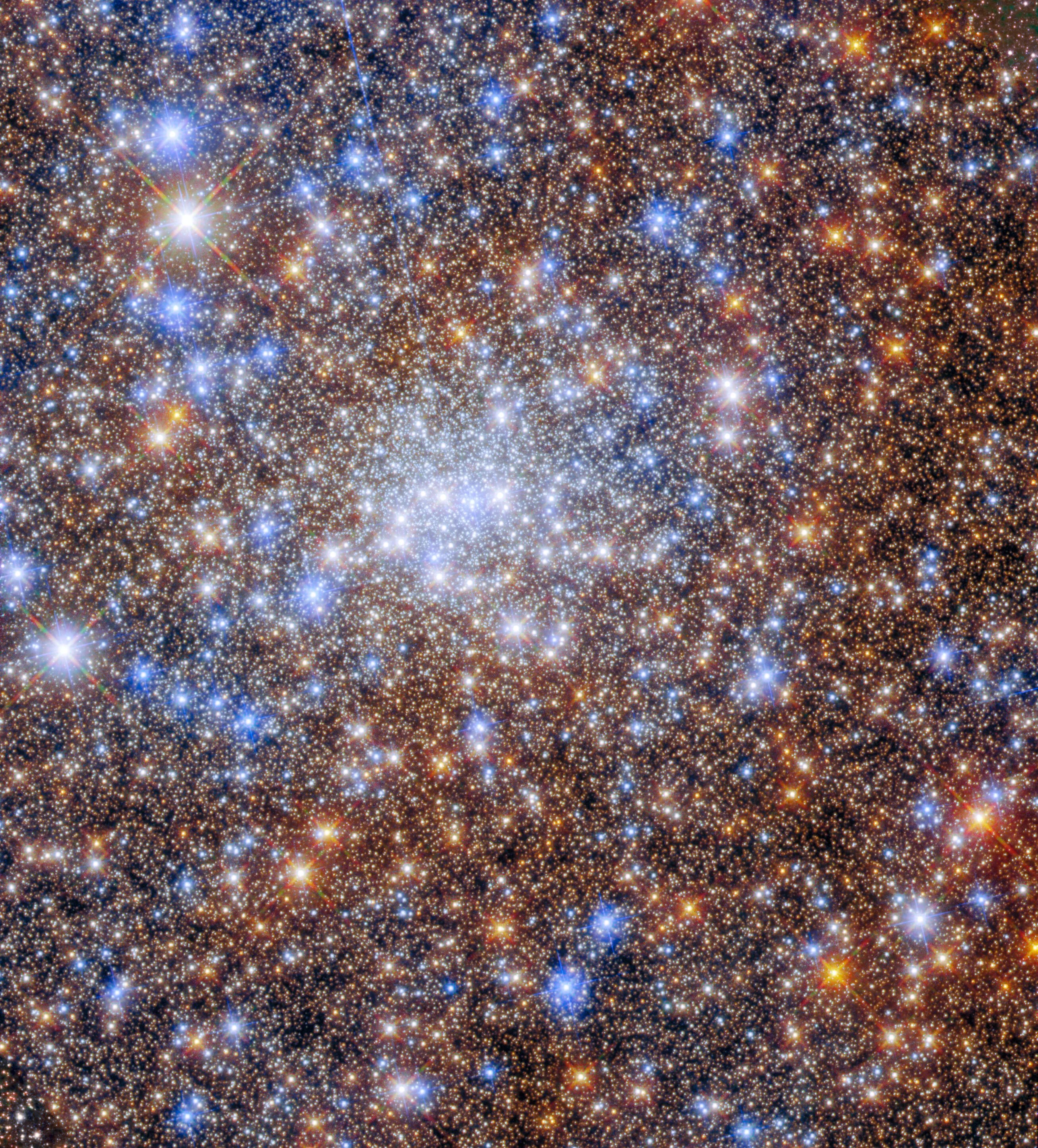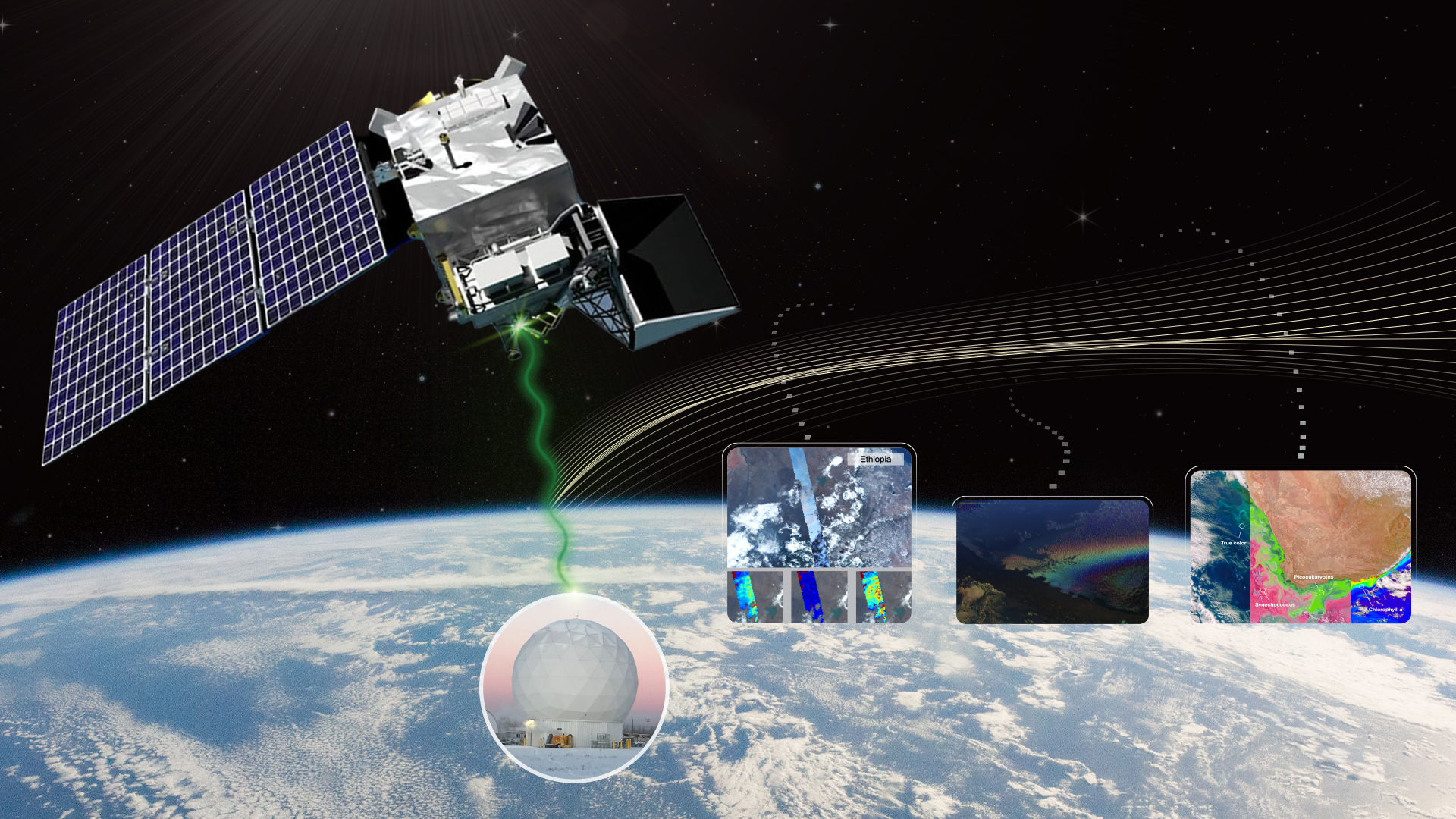2 min read

A glittering multitude of stars in the globular cluster Terzan 4 fills this image from the NASA/ESA Hubble Space Telescope. Globular clusters are collections of stars bound together by their mutual gravitational attraction and can contain millions of individual stars. As this image shows, the heart of a globular cluster such as Terzan 4 is a densely packed, crowded field of stars – which makes for spectacular images!
The launch of Hubble in 1990 revolutionized the study of globular clusters. The individual stars in these dense crowds are almost impossible to distinguish from one another with ground-based telescopes. However, space telescopes can pick them apart. Astronomers took advantage of Hubble’s crystal-clear vision to study the stars that comprise globular clusters, discovering how these systems change over time.
This particular image came from Hubble observations designed to better understand the shape, density, age, and structure of globular clusters close to the center of the Milky Way. Unlike globular clusters elsewhere in the sky, those near the galaxy’s center have evaded detailed observation because of the clouds of gas and dust swirling around our galactic core. These clouds blot out starlight and complicate astronomical observations in a process astronomers refer to as ‘extinction.’
Astronomers took advantage of the sensitivity of two of Hubble’s instruments – the Advanced Camera for Surveys and Wide Field Camera 3 – to overcome the impact of extinction on Terzan 4. By combining Hubble imagery with sophisticated data processing, astronomers were able to determine the ages of galactic globular clusters to within a billion years – a relatively accurate measurement in astronomical terms!
Text credit: European Space Agency
Media Contact:
Claire Andreoli
NASA's Goddard Space Flight Center, Greenbelt, MD
301-286-1940







